Facilities

Facilities
Our research schools have established numerous research sites and facilities in Australia and across the world. Researchers and students at ANU enjoy access to state-of-the-art equipment to help facilitate ground-breaking research.
Explore our research facilities
Research area

The Advanced Imaging Precinct includes the Centre for Advanced Microscopy (CAM) and the National Laboratory for X-ray Micro Computed Tomography (CTLab).
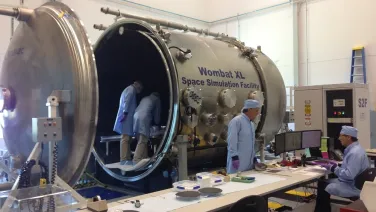
The Advanced Instrumentation and Technology Centre (AITC) at the University’s Mount Stromlo Observatory is a world-class facility for the design, manufacturing, assembly, integration and testing of ground-based and space-based instruments, and small satellites.

The program monitors the post-glacial rebound which may be occurring near the Lambert Glacier, Antarctica since the Last Glacial Maximum.

The ANU Centre for Therapeutic Discovery (ACTD) is a state-of-the-art high-throughput screening facility for biomarker and therapeutic discovery.

The ANU North Australian Research Unit campus is a research facility in the Northern Territory with accommodation and other resources for researchers.

The ANU Psychology Clinic is a centre for clinical practice & research in psychology. Our aim is to provide the highest standards in psychological assessment and treatment in a professional, responsive and caring environment.

The Australian Phenomics Facility supports open access large-scale phenotyping of humans and mice to uncover the biological drivers in human disease.

The Australian Plant Phenomics Facility at ANU is the only place in the world that provides high-calibre public sector access to infrastructure and expertise on crop performance.

We are committed to helping researchers be at the forefront of scientific discovery in the fields of genetics, genomics, and molecular biosciences.

The Canberra Clinical School at Canberra and North Canberra Hospitals offers diverse health services, modern facilities, and state-of-the-art pathology and imaging, supporting the health needs of ACT and NSW regions.
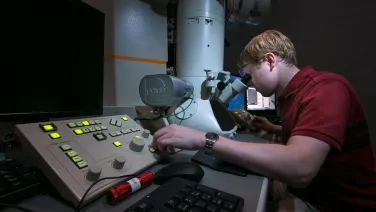
The Centre for Advanced Microscopy (CAM) provides state-of-the art microscopy and microanalysis equipment to researchers, students and industry partners.

Compounds ANU (CANU) aims to directly link the leading synthetic chemistry capabilities within the RSC to ANU medical and biological research programs primarily conducted within the RSB and JCSMR.

The Controlled Environment Facility (CEF) houses 20 walk in growth rooms as well as 47 free standing growth chambers, two communal laboratories and two autoclaves.

The CHASM Facility offers cutting edge instrumentation and expertise in high dimensional flow cytometry cell analysis, cell sorting, histology, automated immunochemistry, in vivo optical imaging, low dose micro-CT and Spatial Multiomics services.

The Geophysical Fluid Dynamics laboratory is a purpose-built 400 sq. m laboratory for experimental fluid dynamics.
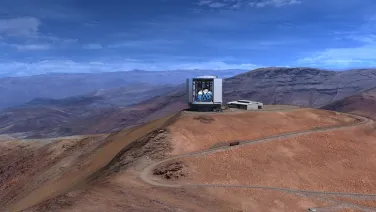
The Giant Magellan Telescope will be the world’s most powerful telescope, with a resolution ten times better than the Hubble Space Telescope.

The HIAF comprises one of the world’s largest 14UD pelletron accelerators and a superconducting “booster” linear accelerator (LINAC) housed and operated by ANU.

The Joint Mass Spectrometry Facility (JMSF) was created in 2016 by the Research School of Chemistry and Research School of Biology to consolidate and grow mass spectrometry facilities at ANU.

The 348-hectare ANU Kioloa Coastal Campus is one of Australia’s premier field stations, offering a diverse ecology which encourages research across all scientific disciplines.
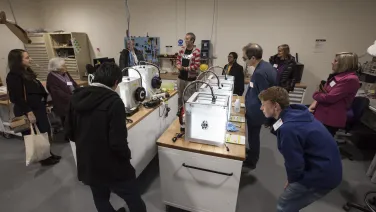
The ANU MakerSpace is an initiative by the Research School of Physics and Engineering, where we know people learn by doing.
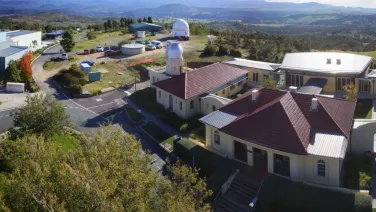
The Mount Stromlo Observatory (MSO) is the headquarters of RSAA, located in Canberra in the Australian Capital Territory.

The National Arboretum Canberra research site provides researchers with a unique environment to investigate climate variability, climate change, water use and precision measurement of trees and forests.

The National Computational Infrastructure (NCI) is home to the Southern Hemisphere’s most highly-integrated supercomputer and filesystems, Australia’s highest performance research cloud, and one of the nation’s largest data catalogues—all supported by an expert team.

The National Therapeutic mRNA Platform (NTRP) is an open-access sovereign platform for the design, testing and optimisation of novel therapeutic mRNA candidates.

NMR has applications in all fields of the experimental sciences. It is the single most powerful technique available to chemists for studying the composition, structure and function of molecules.

The CPAS Podcast Studio is open to staff and students throughout ANU (not just scientists!) to record and grow podcast series. Your success is our success: we want to help you make the biggest and best podcast series in the world.

The Rural Clinical School offers medical students placements in rural communities in South East NSW and Central Australia. Students develop clinical skills, learn from senior clinicians, and engage with local communities through various activities.
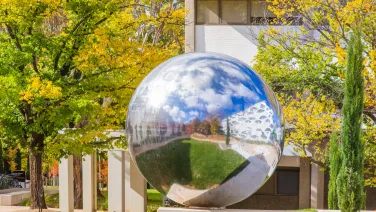
Our new $240-million science precinct on the ANU campus has state-of-the-art biological and chemical research laboratories, as well as a teaching hub.

The Sensitive High Resolution Ion MicroProbe (SHRIMP) is a mass spectrometer used for in-situ analysis of geological materials.
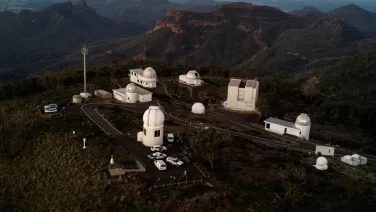
Siding Spring Observatory, on the edge of the Warrumbungle National Park near Coonabarabran, NSW, is Australia's premier optical and infrared astronomical observatory.
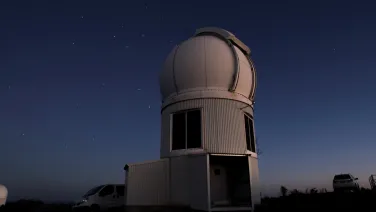
SkyMapper is a state-of-the-art automated wide-field survey telescope that represents a new vehicle for scientific discovery.

The Sydney Clinical School at Sydney Adventist Hospital, NSW's largest private hospital, offers comprehensive acute care, diagnostic services, and clinical placements. It features 700 beds, advanced facilities, and treats over 184,000 patients annually.

The Warramunga Seismic and Infrasound Research Station near Tennant Creek in the Northern Territory comprises a 24-element broad-band seismic array and an 8-element infrasound array.
